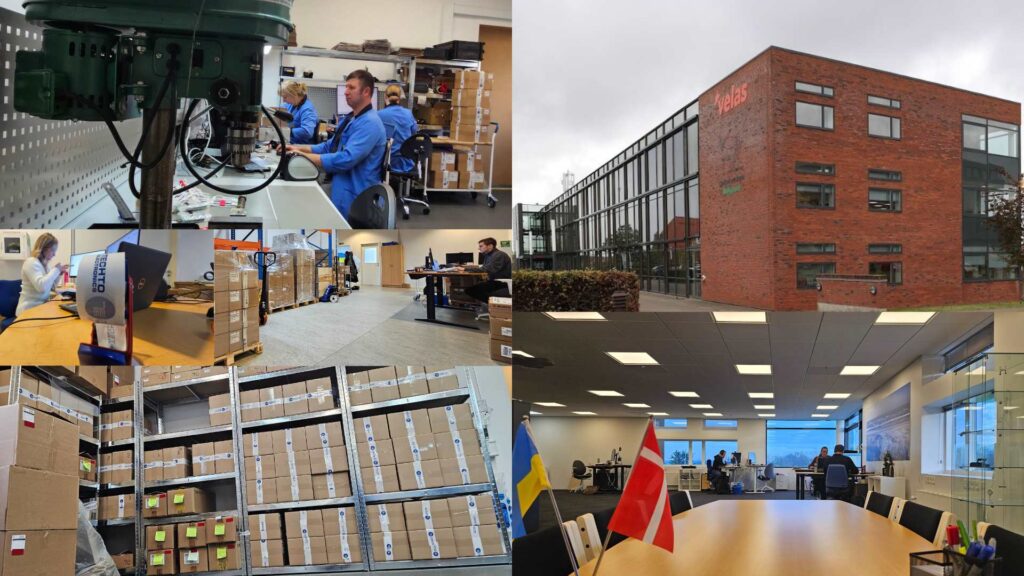The quality of indoor climate plays a significant role in human health and comfort. Poor air quality can lead to respiratory diseases, allergies, and other health problems. Therefore, it is essential to monitor and improve indoor air quality. One way to do this is by detecting the cleaning processes that take place in indoor environments. In recent years, TinyML detection has emerged as a promising technology for detecting cleaning processes in indoor environments.
TinyML detection refers to the process of using machine learning algorithms on low-power, small-sized devices called microcontrollers. These algorithms can be used for detecting and analyzing specific activities or events, such as cleaning processes in an indoor environment.
Nevertheless, numerous IoT products focus solely on assessing the Relative Humidity and Temperature (RHT) when it comes to indoor climate quality. More advanced products also consider Carbon Dioxide (CO2) and Volatile Organic Compounds (VOC), while the most advanced ones take into account indoor light and smell assessment.



